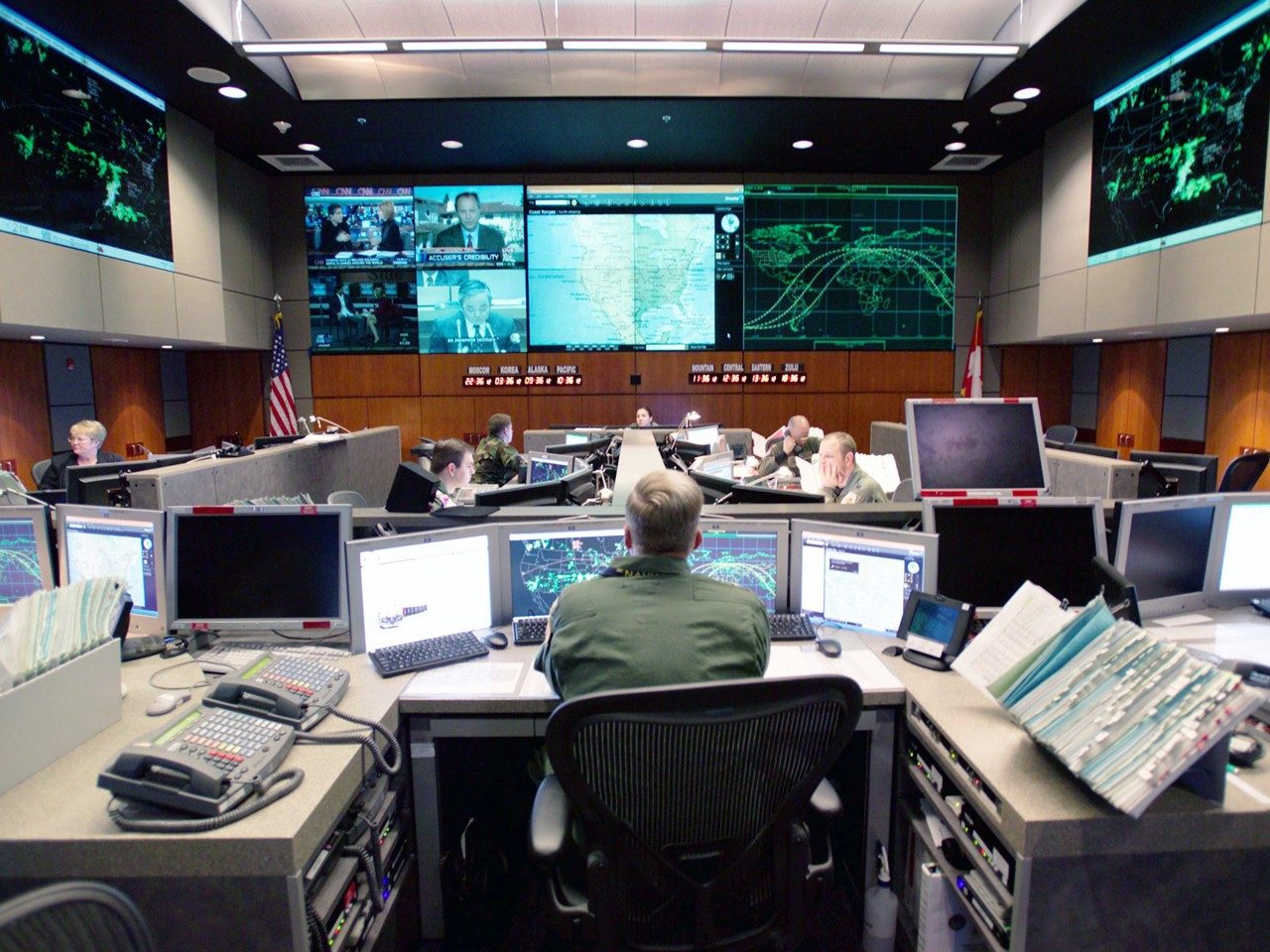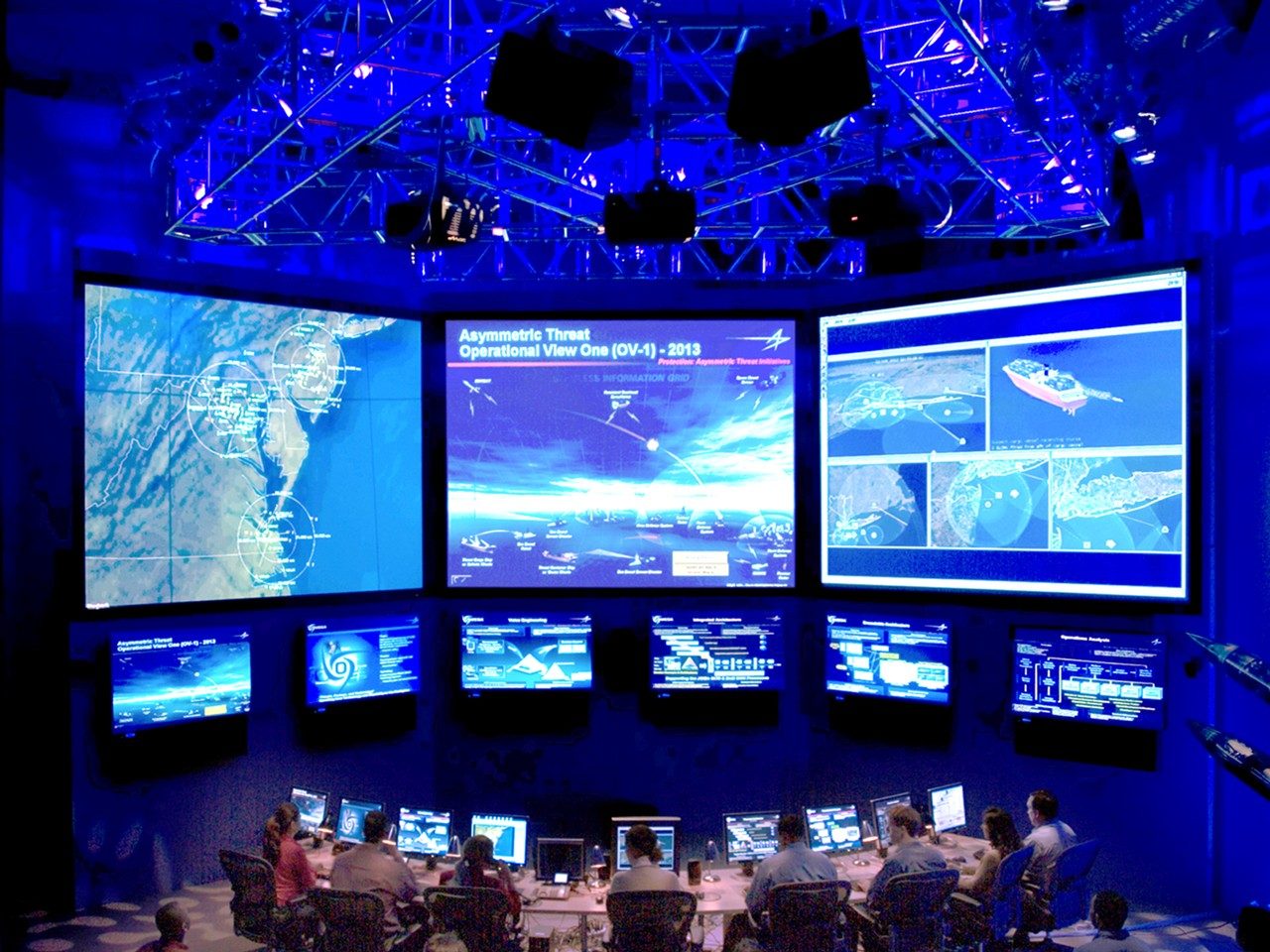Rethinking Intelligence Sharing
Today’s technological advances and an ever-changing geopolitical landscape have been driving the evolution of military weaponry and strategy for centuries.
At relatively few moments in history, however, has the confluence of these two drivers prompted a fundamental — even revolutionary — rethinking of how military operations are planned and accomplished.
Today our nation stands at such a juncture. At the same time when strategic priorities are changing and unbalanced threats are becoming the new normal, “fifth-generation” weapons systems are coming on line with game-changing sensing, processing and battle management capabilities.
Recognizing the significance of the moment, leaders from all U.S. forces have begun to reevaluate — individually and collaboratively — the nation’s approach to warfare. The driving paradigm is shifting away from “exquisite” capabilities toward “expendable capabilities.”
Developing systems and capabilities to counter threats and defeat adversaries is not necessarily driven by the emergence of new platforms and completed capabilities, it is environmentally driven by issues such as existing technology available, the cost to develop new capabilities, budgetary issues and new acquisition models.
Thinking “Out of the Box”
By leveraging inexpensive sensors, commercial communications and low-cost unmanned aerial vehicles in concert with “exquisite” capabilities, we can provide immense flexibility while reducing the vulnerability for our forces. Among the many issues that must be addressed are the architecture design to support interoperability; connectivity; bandwidth constraints; data management; cyber security; and cost-effective procurement.
Under the current architecture, data gathered by Navy and Air Force sensor platforms are fed back through service networks to a point removed from tactical operations teams. The information is fused, and the collective picture is pushed back down to the users who will benefit from it.
The downside, of course, is time lag. The shelf life of battlefield information is short and its usefulness decreases rapidly with age. The issue becomes even more pronounced when coalition forces are part of the mix.
Technology has the potential to minimize this time lag providing “actionable” information to the tactical user.
Networking platforms such as jet fighters more effectively would allow them to serve as individual nodes to sense and distribute information — not only to operations centers and commanders, but also between themselves and legacy platforms. The effect would be that some battle management decisions, based on 360-degree situational awareness, could be made faster on the battlefield.

Connecting Users Through Open Architecture
The solution — and the challenge — lies in systems interoperability and the ability to process information closer to the sensor and to the end user.
While traditional stove-piped networks push tactical battle management decisions far from the battlefield, a network of interoperable systems would enable end users to pull useable first-pass information off the system, network or cloud — and make time-critical battlefield decisions — much sooner.
Ultimately, what is required is a balanced solution that redesigns the architecture to optimize task, collect, post, exploit and disseminate (TCPED) activities in a way that provides the right information, to the right users, at the right time.
Thanks to evolving technologies — such as cloud computing, big data analytics, cross-domain security solutions and data fusion software — designing and building an architecture to support tighter integration and new concepts of operations is readily achievable.
The goal will be to ensure that information is discoverable and readily available to as many relevant users as possible: to collect information once and use it often.

The Journey Ahead
As the services move down the path to maximizing their investment in fifth-generation platforms, the needs of the converged ops and intel user community should be the leading priority.
The foundation for delivering on the vision for a more effective, cohesive and responsive fighting force will be an information-sharing architecture of truly integrated intelligence, reconnaissance and surveillance systems and platforms.
The debate over the best way forward will be robust — as it should be. Without question, however, the nation’s defense forces, and those of its allies, have reached a juncture when fundamental changes in battlefield CONOPS are both feasible and desirable. It is within reach if there is a collaborative commitment to grasp it.




